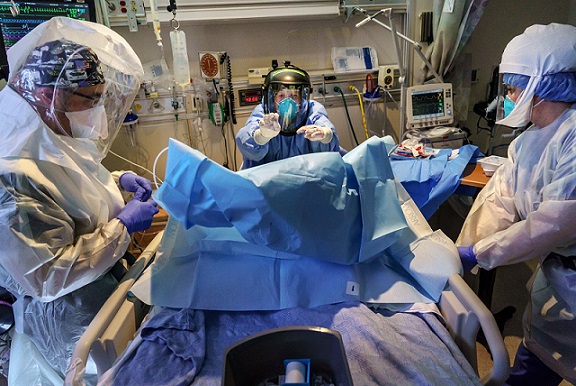Clinical labor costs are up by an average of 8% per patient day, translating to $17 million in additional annual labor expenses.
October 11, 2021 / Jeff Lagasse, Associate Editor
As the delta variant pushes COVID-19 caseloads to all-time highs, hospitals and health systems across the country are paying $24 billion more per year for qualified clinical labor than they did pre-pandemic, according to a new PINC AI analysis from Premier.
Clinical labor costs are up by an average of 8% per patient day when compared to a pre-pandemic baseline period in 2019. For the average 500-bed facility, this translates to $17 million in additional annual labor expenses since the beginning of the public health emergency.
The data also shows that overtime hours are up 52% as of September. At the same time, the use of agency and temporary labor is up 132% for full-time and 131% for part-time workers. The use of contingency labor — positions created to complete a temporary project or work function — is up nearly 126%.
Overtime and the use of agency staff are the most expensive labor choices for hospitals — usually adding 50% or more to a typical employee’s hourly rate, Premier found.
Another complicating factor is that hospital employees are more exposed to COVID-19 than many other workers, with quarantines and recoveries requiring the use of sick time. The data shows that use of sick time, particularly among full-time employees (FTEs) in the intensive care unit, is up 50% for full-time clinical staff and more than 60% for part-time employees when compared to the pre-pandemic baseline.








